General Landscape Uses: Accent shrub. Buffer plantings.
Ecological Restoration Notes: A rather common element of coastal thickets in the Florida Keys; rare elsewhere.
Description: Medium to large densely-leaved shrub. Bark dark brown striped with light brown. Leaves flat, 1-3 inches or more in length.
Dimensions: About 4-8 feet in height. Usually taller than broad.
Growth Rate: Slow to moderate.
Range: Monroe County Keys north along the east coast to Martin County; West Indies, Mexico, Central America and northern South America. Rare in southeastern Florida outside the Florida Keys. In Broward County, known only from Hugh Taylor Birch State Park.
Habitats: Coastal hammocks.
Soils: Moist, well-drained to moderately well-drained limestone or sandy soils, with humusy top layer.
Nutritional Requirements: Moderate; can grow in nutrient poor soils, but needs some organic content to thrive.
Salt Water Tolerance: Moderate; tolerates brackish water or occasional inundation by salt water.
Salt Wind Tolerance: High; can tolerate moderate amounts of salt wind without significant injury.
Drought Tolerance: Moderate; generally requires moist soils, but tolerant of short periods of drought once established.
Light Requirements: Full sun.
Flower Color: White.
Flower Characteristics: Semi-showy.
Flowering Season: All year.
Fruit: Shiny purplel to black drupe; juicy.
Wildlife and Ecology: Nectar plant for Miami blue (Cyclargus thomasi bethunebakeri) butterflies.
Horticultural Notes: Can be grown from de-pulped seed. Plant in container with 2″ or more of soil. Sprinkle soil to just cover the seeds and place in full sun.
Comments: It is listed as threatened by the state of Florida.

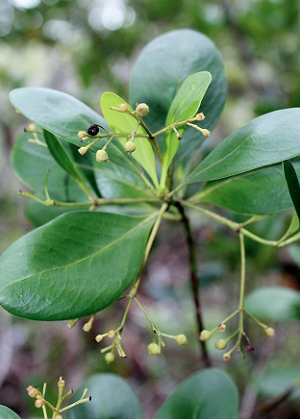

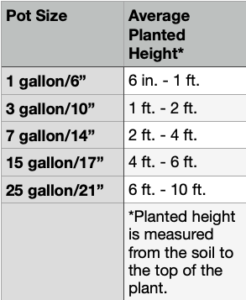
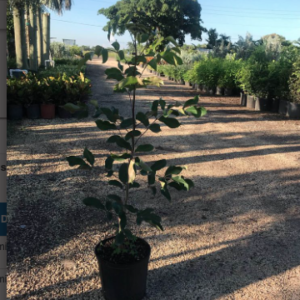
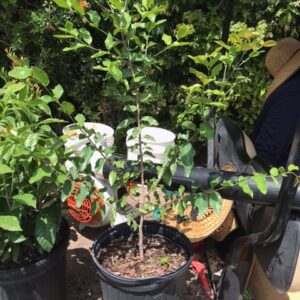
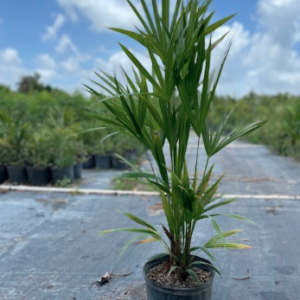
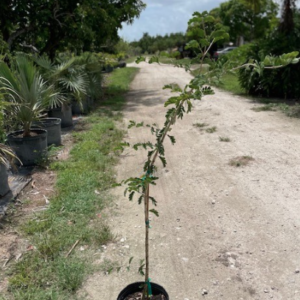
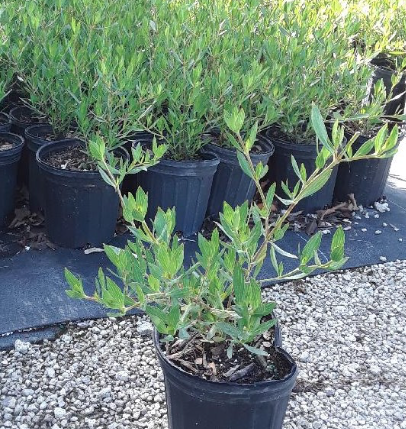
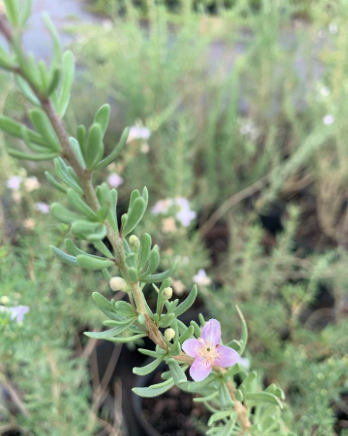
Cammie D. –
Low maintenance plant.